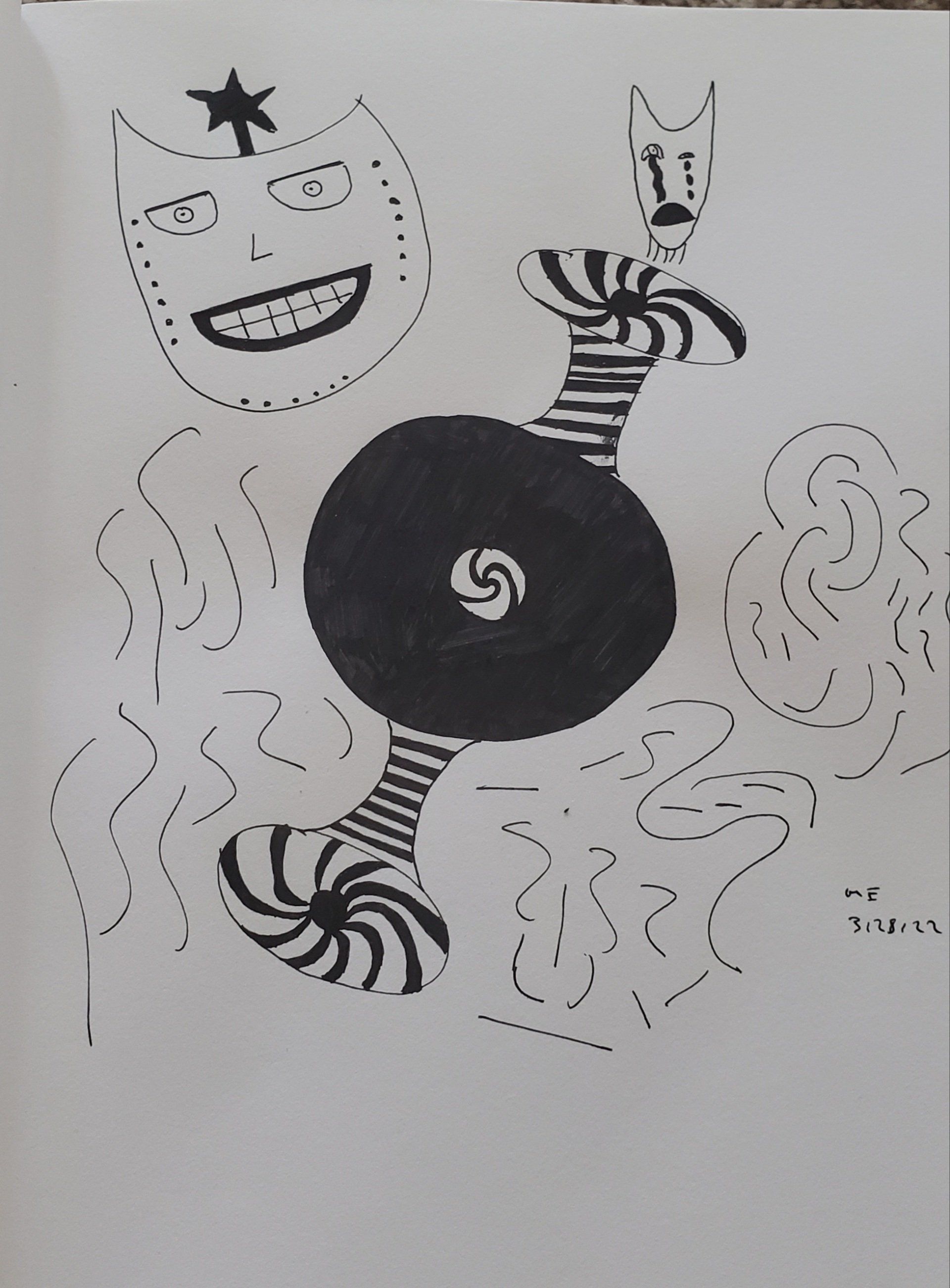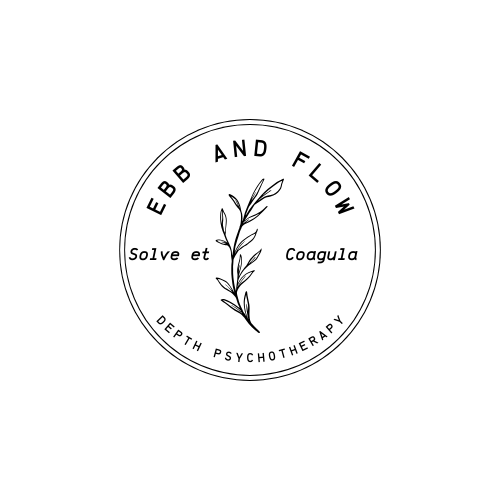Darkness Awakens, Light Guides
Michael Ebbinghaus • April 22, 2022
Nothing Draws our Attention Like Intense Suffering

Many of us have tread long on a path of self-improvement. Our explorations have taken us through many modalities: books, YouTube videos, lectures, therapists, energy healers, psychedelic medicines, group work, nature immersion, and travel to distant, spiritual lands. Yet after all the experiences, knowledge accrued, patterns recognized and reworked, sensations felt, trauma somatically expressed and integrated, there remains a gnawing gap between where we are and where we would like to be.
Making Suffering Real
The answer to this issue is simple, but it is among the most difficult things for our mind to grasp. In fact, it really can’t grasp it at all. It requires a leap of faith, a knowing beyond knowing.
Ultimately we suffer because we experience everything, including ourselves, as real.
What do you mean, Michael, you crazy hash-smoking hippie wannabe wizard?
I’m
sitting here reading this.
I’ve
had breakthroughs with
my
therapist,
I’ve
resolved my relationship with
my
father, and
I’m
still suffering.
My
suffering is real. I’m real!
I know! I’ve been there, and I am there. I’m nowhere close to solidifying an awakened or enlightened state. God knows if I ever will. When I suffer, it feels so real. When my eyes look deeply in love to my partner, she and I and the whole Universe seem so real. However, all of those healing modalities mentioned earlier, the relentless search for my whole self, which has never been anywhere but right here, has given me the strength and resources to undertake the fundamental teaching: namely that I (and everything and everyone) am God incarnate; that we create our reality as we are, but ultimately what we see and feel and perceive is an illusion!
The only thing that is real in any real sense is awareness, that which is present in deep, dreamless sleep.
Balancing Our Practice
Though this is simple, it is by no means easy. It is easier to sleep and fall unconscious, which is why we do it day after day, moment-to-moment, and every single night. The untrained mind is much like an untrained dog, darting to and fro, barking at everything as though it’s a threat, even the shadows.
With unfocused attention, the dream takes an even greater hold on our reality. It takes a commitment to practice on and off the cushion and to explore different forms of meditation, where we train our concentration, paint pictures with our mind, in addition to the very popular form of vipassana or mindfulness. We do not train our bodies by engaging in only one exercise. When we engage in a multitude of modalities: weight training, yoga, calisthenics, swimming, running, etc., the different practices reinforce and strengthen each other far more than single-minded dedication to one practice could.
In any practice, the beginning is frustrating and difficult. It upsets the picture we like to hold of ourselves. This was particularly true for my meditation practice. Due to my identification with my intellect, I did not want to admit that my attention was fractured and divergent. I chose to remain ignorant throughout every meditation session, constructing a mirage that suited my fancy. It was only when I was willing to own my predicament and my current level of development does any lasting change come about. As so often happens, it took a great deal of dismay and dissatisfaction to be able to wake up to where I was in my spiritual development and what it would take to progress. It generally takes a peak experience or, in this case, an anti-peak experience to awaken us from our hollow dream.
"If experience of a higher state of consciousness were all that it took, the world would look much different."
I’ll use a more concrete example to solidify this. When I was fifteen, I stood 5’10” and weighed 230 lbs. I had very little athletic ability and recognized this. Had I perceived myself to be either fit or strong, I would have been defeated continuously every time I went to the gym. I may never have set foot there for fear it would undo my illusion, but because I was willing to accept where I was, each repetition brought me closer to where I wanted to be rather than dismissed the illusion I was already there, and it gave me the felt sense that I was moving forward.
The mind is more difficult to observe than our physical conditioning. For every observable artifact there are several dozen elements happening unconsciously. Because I lived in an illusion of attentiveness, I neglected one of the fundamental stories upon which my self-concept (or ego) is based, a condition of unworthiness striving relentlessly and painfully towards redemption along with a masochistic delight in being a pity-sponge, a self-identity as a “tormented soul.” I figured that by the age of 42 I would have had enough evidence to show that I was never going to be good enough, never going to “make it,” at which point I would feel justified in taking my own life. It’s no coincidence that David Foster Wallace, an author I greatly admire, took his life around this age. This is the reality-manifesting power of the mind. If I do not wake up, I will continue to live in such a way as to unconsciously reinforce this narrative, driving away people that believe in and love me, sabotaging every opportunity to make valuable contributions to my community and the world.
The Power of Anti-Peak Experiences
The miasmic black hole that engulfed me several weeks ago was a gift from soul. No amount of sunshine, exercise, positive mantras, or prayer could help me because I unconsciously spend hours every day defiling my worth and moving towards a disastrous future. This inescapable pit of despair sucked me in, I collapsed, and my personality disintegrated. After all the progress I had made, everything I had learned, I felt like I was back behind square zero. My ego had finally been humbled to the point where the most important thing was paying attention. I had no choice but to bear constant witness to my experience lest I unconsciously feed this dark, ravenous maw, a groove of mind entrenched and chasmic. Peak experiences are great, but it's the anti-peaks that show us where our blindspots are.
"After all the progress I had made, everything I had learned, I felt like I was back behind square zero."
We have to be defeated to the image of who we are to be able to move towards a figure of our own creation.
Once we acknowledge our divine power to create our reality, we become unstoppable, but the fact of the matter is that we already are. Whatever the narrative is playing in our head, consciously (or more importantly, unconsciously), it is being reinforced by our interactions with the world. This is not to denigrate peak experiences of awakening, whether they be through physical exertion, sex, or psychedelic experience. But if experience of a higher state of consciousness were all that it took, the world would look much different. These experiences offer a glimpse of what is possible, but there are many years of unconscious and insidious creation to undo, and the state accessed through our ecstasy must be solidified through practice.
This is the vital task of integration post-peak experience, in this case anti-peak experiences, a restructuring of the daily mode of life to engrain the structures that the state sought to teach us. If we awaken to our roles as creators, we also awaken to the responsibility to use that power to better our own lives and those of others.
This anti-peak experience, pictured below, lit a fire within me. I began searching, researching like a possessed monk. Where do I go? I had come across a book on the Tibetan practice of dream yoga, and felt pulled towards this practice. I immediately downloaded two books on the subject by Andrew Holacek, Dream Yoga and Dreams of Light. I will explain this practice further later on, but suffice it to say that the practice of dream yoga is meant to help us realize that we dream ourselves into reality, and that the more we can awaken in our dreams, the more that we can awaken in life. I’ll speak more about this intensive and transformative practice in the following article.



